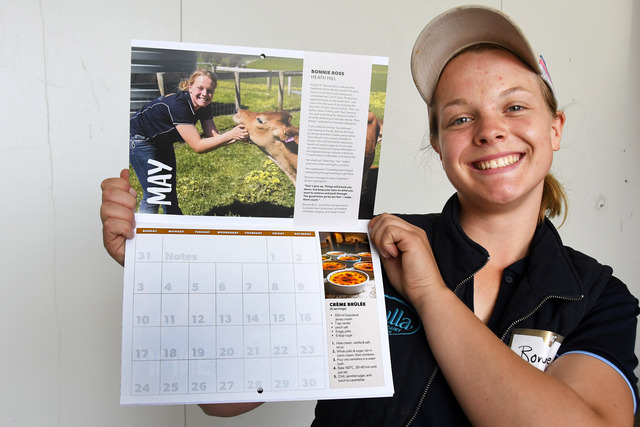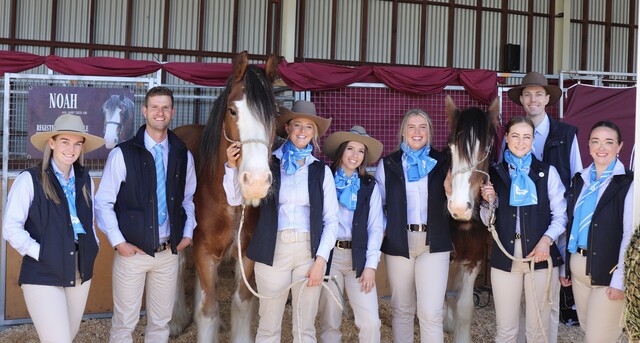By Victoria Stone-Meadows
CRANBOURNE South will be one of seven locations in the Flinders Electorate where a new strain of a virus to control the wild rabbit population will be released.
The new rabbit haemorrhagic disease virus 1 K5 (RHDV1 K5) will help curb the spread of wild European rabbits in the area that are resistant to existing RHDV strains.
A spokesperson from the Invasive Animals Co-operative Research Centre said the new variant of the virus has been developed specifically for cooler regions such as southern Victoria.
“RHDV1 K5 was selected because it can overcome another virus some rabbits have which protects them from the current strain of RHDV,” the spokesperson said.
“Through our project evaluation, funded through the Invasive Animals CRC we found that RHDV1 K5 should work better in the cool-wet regions of Australia where the current variant has not been so successful.”
While the new strain of the virus can be passed easily between rabbits, the Invasive Animals CRC has confirmed it is not a danger to any other animals or pets.
“The virus is spread by either direct contact or by insect vectors, in particular bushflies and blowflies.”
“Once the rabbits contract RHDV, they suffer liver failure followed by rapid multiple organ failure and death.
“RHDV1 K5 only affects the European rabbit and the disease cannot be caused in any other animal.”
According to the Federal Government’s ‘PestSmart Connect’ website, European rabbits have put 304 Australian threatened species under stress through food competition and land degradation.
RHDV1 K5 is part of a Federal Government commitment of $1.2 million to assist into research and development of rabbit controls.
Members of the community are encouraged to share sightings of feral pest animals to assist research and development of controls through services such as the RabbitScan mobile app or through www.feralscan.org.au







